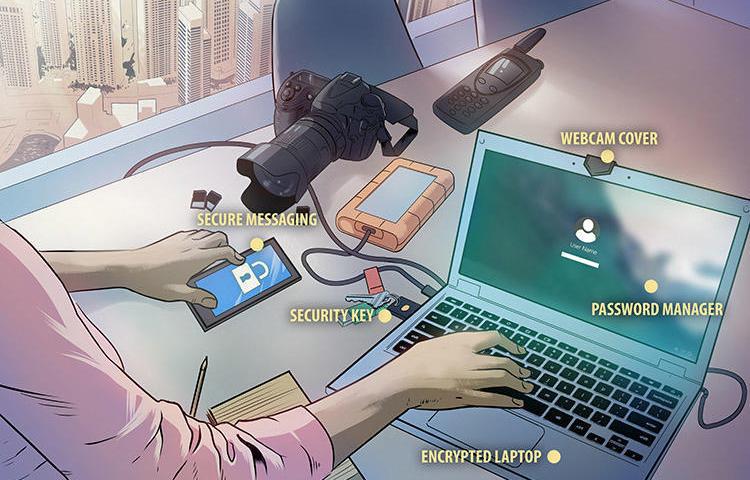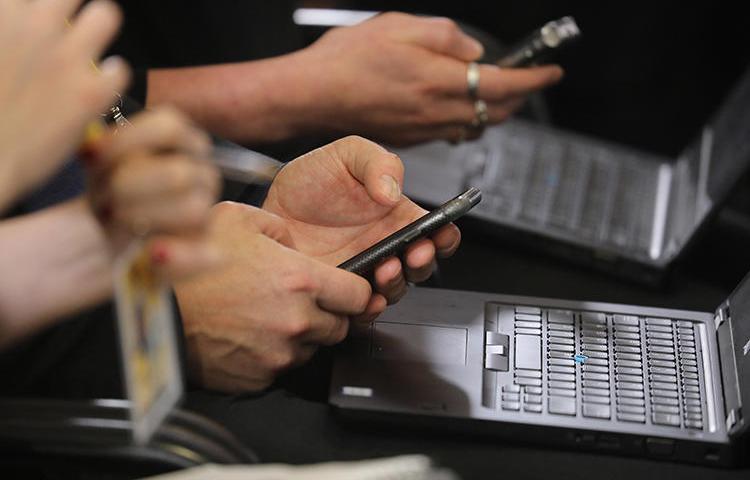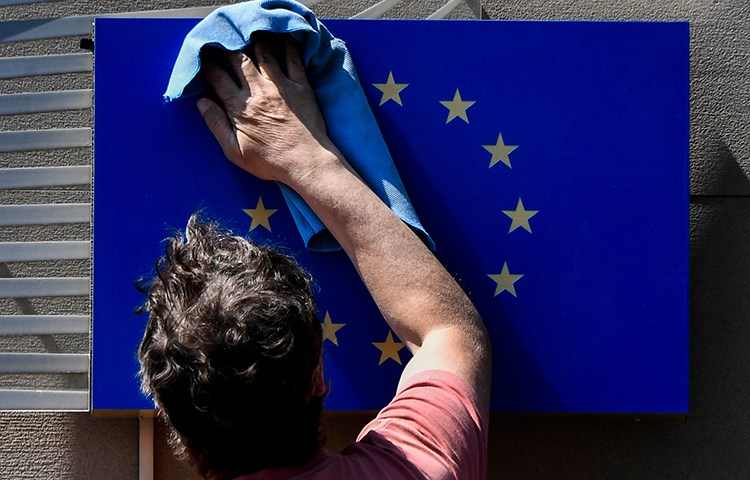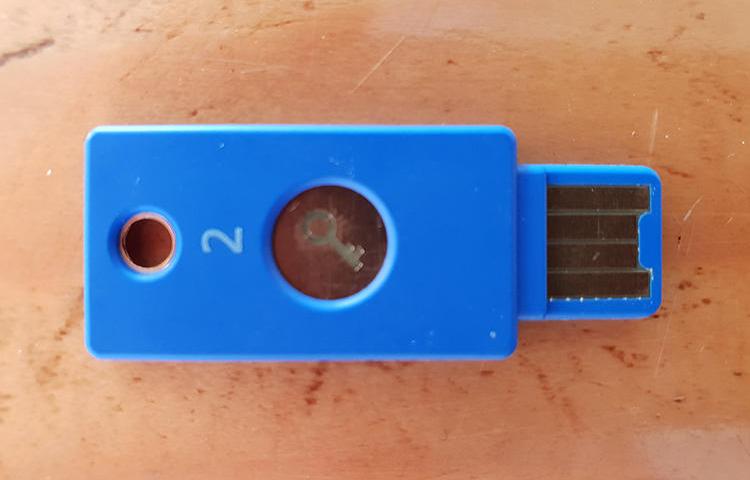
New York Times journalist Nicole Perlroth on the secret trade in tools used to hack the press
The last time New York Times cybersecurity journalist Nicole Perlroth spoke with Emirati activist Ahmed Mansoor in 2016, his passport had been taken and he had recently been beaten almost to the point of death. “We learned later on that our phone conversation had been tapped, that someone was in his baby monitor, that his…

Digital Safety: Working from home
The current global health situation has seen changes to the way journalists do their job, with an increasing number working from home instead of an office. This is creating digital security issues for journalists and media outlets who still need to work during the coronavirus outbreak.

CPJ Launches Digital Safety Kit
The Committee to Protect Journalists has launched a new, updated Digital Safety Kit for journalists looking to better protect themselves, their sources, and their information. The kit, produced by CPJ’s Emergencies Response Team, combines six bite-sized safety notes on different topics in an accessible format that is easy to digest.

CPJ Safety Advisory: Sophisticated phishing attacks mimic 2FA
The cybersecurity research group CERTFA has reported an increase in sophisticated phishing attacks against journalists and human rights defenders. These attacks, which are global, have also targeted individuals who use more robust email providers or two-step verification (2FA) for their email and social media accounts.

Press at risk as EU-based companies export surveillance software to hostile regimes
In August, Danish Foreign Minister Anders Samuelsen told the daily newspaper Information that the government had authorized sales of online surveillance software to several Middle Eastern countries. While acknowledging the potential for human rights violations that could result from the use of these tools, the minister said that Denmark has an interest in the fight…
Internet censorship halts in Tunisia
So much has happened in Tunisia since I last blogged on the large-scale phishing attacks against activists and journalists in the country. With the fall of Zine El Abidine Ben Ali, and a new interim government in place, online censorship seems to be ending. Opposition media and human rights sites are viewable, and CPJ’s Tunisia…
